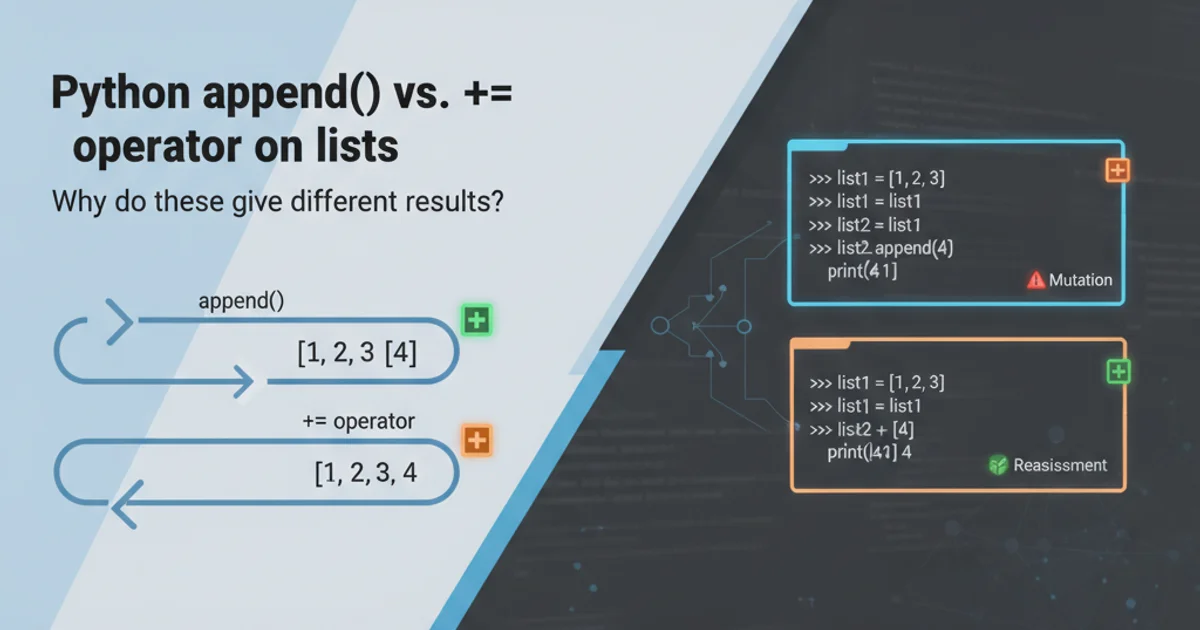What's so great about Lisp?
Categories:
What's So Great About Lisp?

Explore the enduring appeal and unique characteristics of Lisp, a language that continues to influence modern programming paradigms.
Lisp, short for "LISt Processor," is one of the oldest and most distinctive programming languages, first conceived in 1958 by John McCarthy. While it might seem esoteric to newcomers with its ubiquitous parentheses, Lisp offers a powerful and flexible programming experience that has deeply influenced computer science. This article delves into the core reasons behind Lisp's enduring greatness, from its unique syntax to its powerful metaprogramming capabilities.
The Power of Simplicity: S-expressions and Homoiconicity
At the heart of Lisp's design are S-expressions (Symbolic Expressions) and the concept of homoiconicity. Unlike most languages where code and data are distinct entities, in Lisp, code is data, and data is code, both represented as S-expressions. This fundamental design choice unlocks unparalleled flexibility and power.
An S-expression is simply a list, where the first element is typically a function or operator, and the rest are its arguments. This uniform structure simplifies parsing and manipulation, making Lisp compilers and interpreters remarkably concise.
(+ 1 2)
(define (factorial n)
(if (= n 0)
1
(* n (factorial (- n 1)))))
(list 1 "hello" (+ 2 3))
Examples of S-expressions in Lisp
flowchart TD
A[Lisp Code] --> B{Parsed as S-expression}
B --> C[Treated as Data]
C --> D{Manipulated by Lisp Programs}
D --> E[Evaluated as Code]
E --> F[Result]The Homoiconicity Loop: Code as Data, Data as Code
Metaprogramming and Macros: Extending the Language
Homoiconicity directly enables one of Lisp's most celebrated features: macros. Lisp macros allow you to write code that writes or transforms other code at compile time. This isn't just simple text substitution; Lisp macros operate on the abstract syntax tree (AST) of your program, giving you immense control over how your code is interpreted and executed.
With macros, programmers can extend the language itself, creating domain-specific languages (DSLs) or implementing new control structures that are indistinguishable from built-in features. This capability makes Lisp incredibly adaptable and expressive, allowing developers to tailor the language to the problem at hand rather than conforming to rigid language constructs.
(defmacro unless (condition &body body)
`(if (not ,condition)
(progn ,@body)))
A simple Lisp macro implementing an 'unless' control structure
Dynamic Nature and Interactive Development
Lisp environments are traditionally highly dynamic and interactive. The Read-Eval-Print Loop (REPL) is a cornerstone of Lisp development, allowing programmers to evaluate expressions, define functions, and modify running programs incrementally. This interactive feedback loop fosters a highly exploratory and iterative development style.
This dynamic nature extends to runtime, where Lisp programs can often be modified and recompiled without restarting the entire application. This is particularly valuable for long-running systems, research, and rapid prototyping, enabling a level of agility rarely found in other languages.
sequenceDiagram
participant Dev as Developer
participant REPL as Lisp REPL
participant App as Running Application
Dev->>REPL: (define (add x y) (+ x y))
REPL-->>Dev: ADD
Dev->>REPL: (add 5 3)
REPL-->>Dev: 8
Dev->>App: Update function in running App
App->>App: New function immediately available
Dev->>REPL: (add 10 20)
REPL-->>Dev: 30Interactive Lisp Development with REPL and Live Code Updates